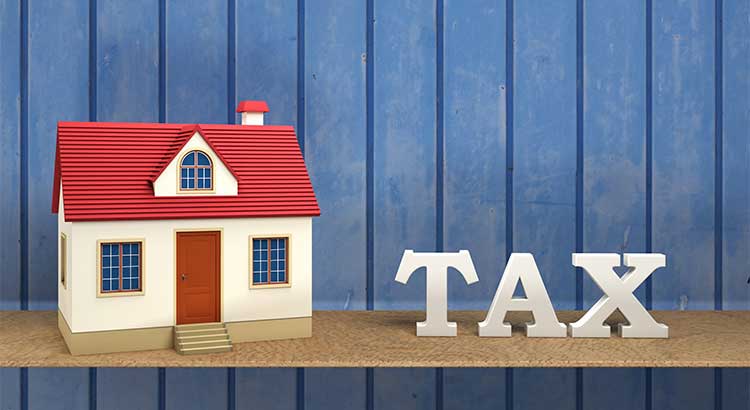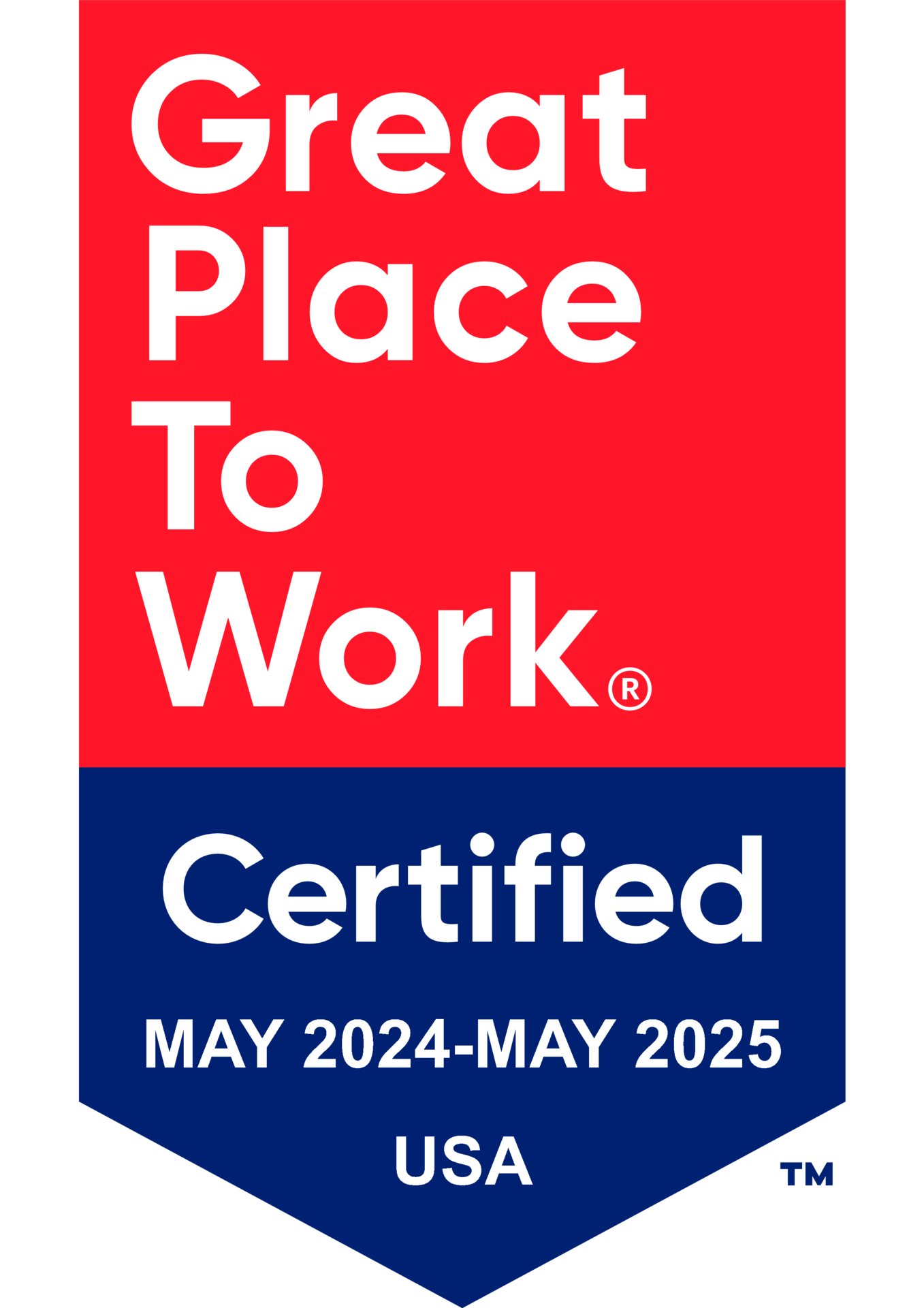
You DO NOT Need 20% Down to Buy Your Home NOW!
The Aspiring Home Buyers Profile from the National Association of Realtors (NAR) found that the American public is still somewhat confused about what is required to qualify for a home mortgage loan in today’s housing market. The results of the survey show that the main reason why non-homeowners do not own their own homes is because they believe that they cannot afford them.






![The Cost of Renting vs. Buying [INFOGRAPHIC] | Simplifying The Market](https://files.keepingcurrentmatters.com/wp-content/uploads/2018/06/Rent-vs.-Buy-STM.jpg)



![Top Reasons to Own Your Home [INFOGRAPHIC] | Simplifying The Market](https://files.keepingcurrentmatters.com/wp-content/uploads/2018/05/Homeownership-Month-STM-ENG.jpg)




![Is Your First Home Within Your Grasp Now? [INFOGRAPHIC] | Simplifying the Market](https://files.keepingcurrentmatters.com/wp-content/uploads/2018/05/Within-Your-Grasp-STM.jpg)


![3 Tips for Making Your Dream of Owning a Home a Reality [INFOGRAPHIC] | Simplifying The Market](https://files.keepingcurrentmatters.com/wp-content/uploads/2018/05/3-Tips-STM.jpg)




![50% of Homes Sold in 30 days in March [INFOGRAPHIC] | Simplifying The Market](https://files.keepingcurrentmatters.com/wp-content/uploads/2018/05/20180504-Days-on-the-Market-STM.jpg)

